Communist Prague: 4 places to learn about it
Here are four things to do and see to learn about life in Communist Prague – and Czechoslovakia as a whole – during the Cold War era.
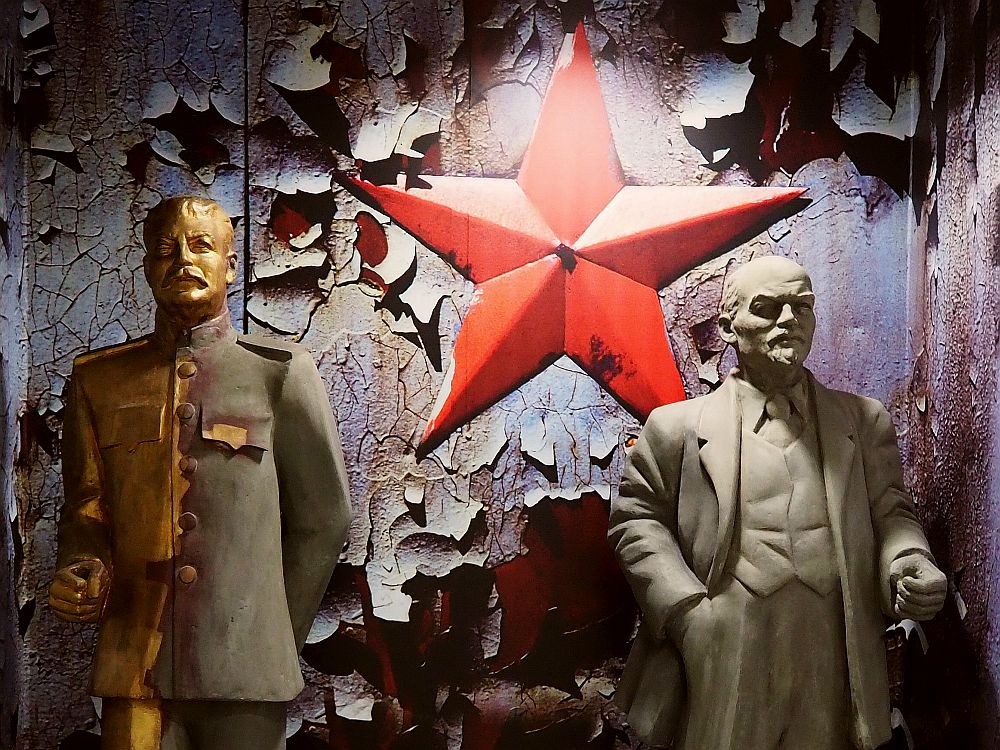
Here are four things to do and see to learn about life in Communist Prague – and Czechoslovakia as a whole – during the Cold War era.
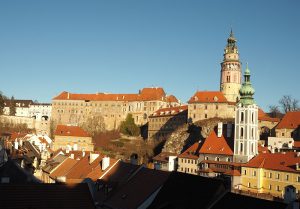
On your trip to Czechia, besides Prague, I highly recommend visiting Cesky Krumlov and the imposing Czesky Krumlov Castle.
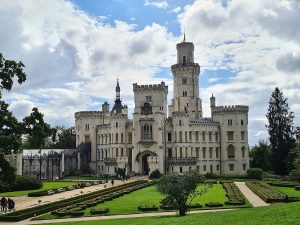
Hluboká Castle is a 19th-century castle in Czechia crammed with a stunning collection of furnishings and exceedingly accomplished workmanship.
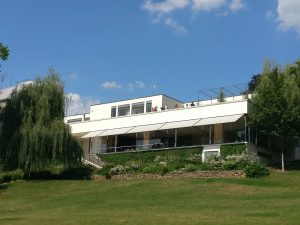
Villa Tugendhat UNESCO site in Brno, Czechia, designed by Mies van der Rohe: a masterpiece of functionalist architecture & function over form.
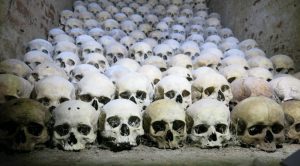
What to see in Brno? An ossuary, a crypt full of mummies, and a nuclear bomb shelter made my day of sightseeing in Brno distinctly macabre.

Visiting Karlstejn Castle from Prague is quite possible in a day trip. Just make sure to do your research ahead of time, unlike me. This article will help.

There are 11 UNESCO sites in the Czech Republic outside of Prague. I’ve visited most, but thanks to two other bloggers, you can read about all of them here.
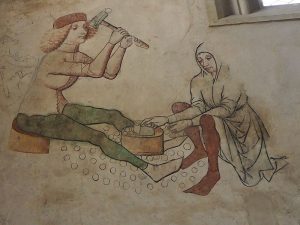
Kutna Hora UNESCO site isn’t just about a pretty old town. The UNESCO designation focuses on two churches, but there’s a macabre Bone Church to see too!
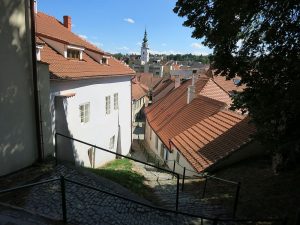
Trebic, Czech Republic has a UNESCO site made up of three sites: the old Jewish Quarter, the old Jewish cemetery, and a Catholic Basilica, and they’re all worth seeing.
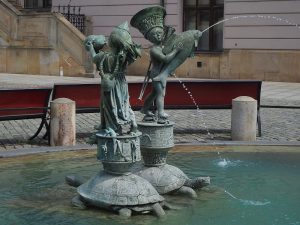
The Holy Trinity Column, a masterpiece of the Moravian Baroque style, is a UNESCO site in Olomouc, a small town in the eastern end of the Czechia.

Despite my fear of flying, I jumped at the chance to take a Prague Airport tour, including a flight in a small airplane. “Face your fear” and all that. Read all about it here!
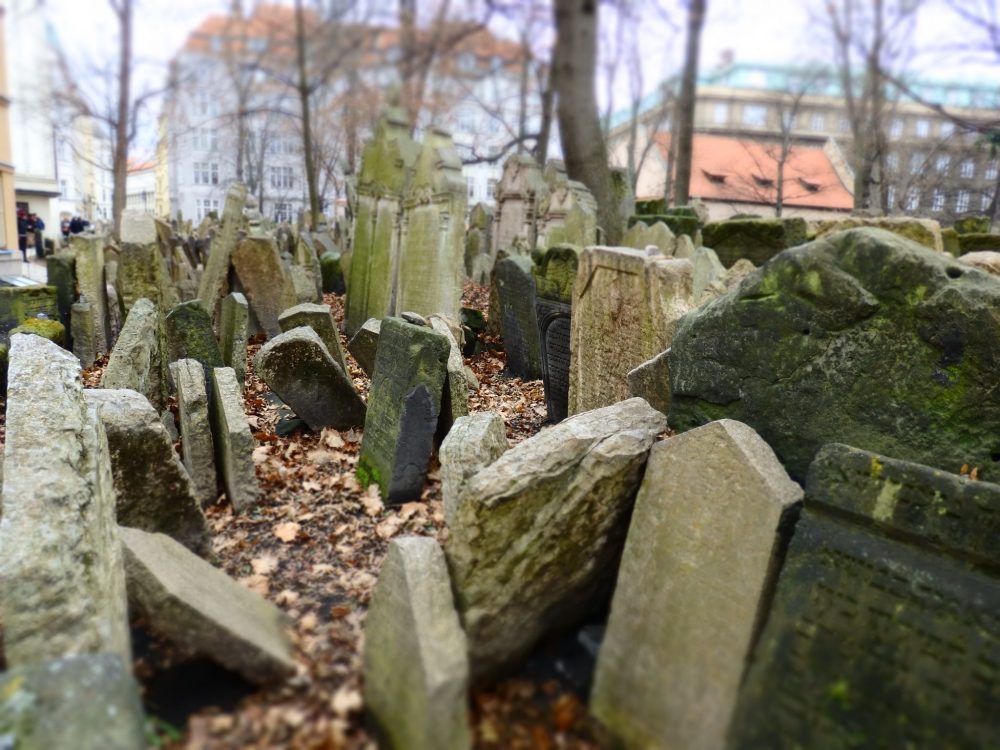
Five synagogues and a cemetery (with a ceremonial hall) are what remains of Prague’s once-thriving Jewish neighborhood. Together, they now make up the Prague Jewish Museum.